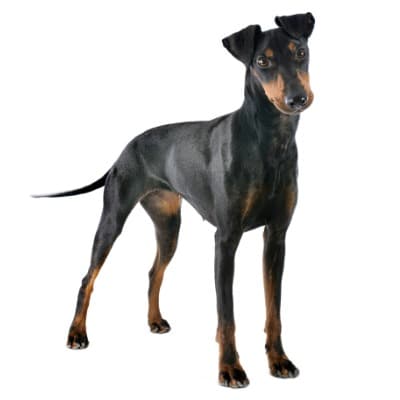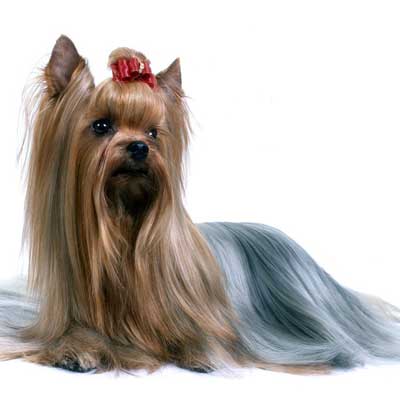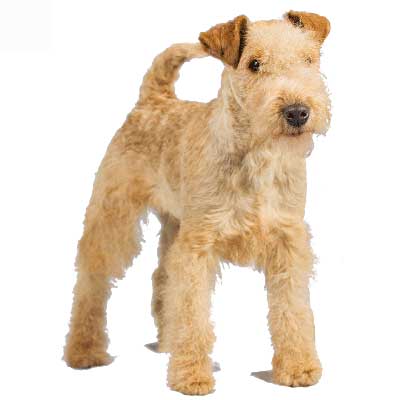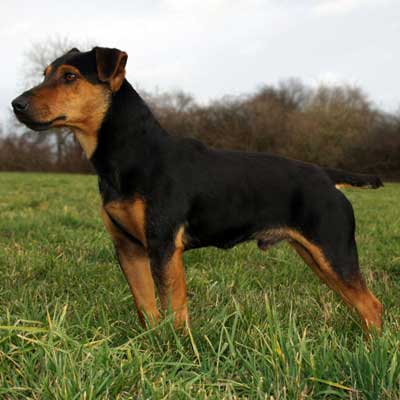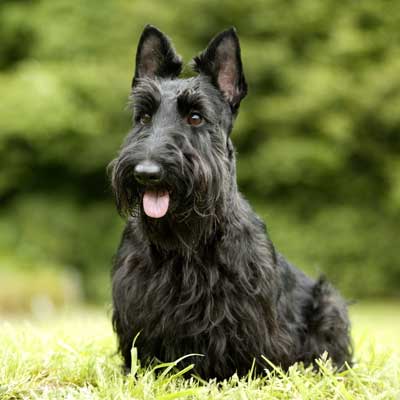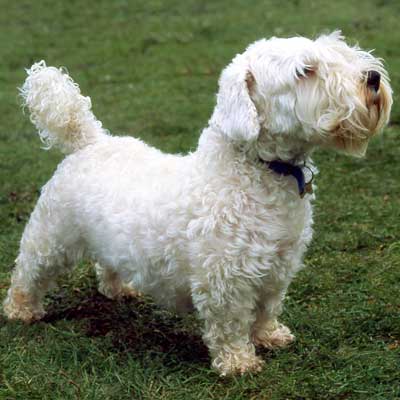English toy terrier black and tan
Un’esplosione di vitalità in un corpo mini
-
Testa
Lunga, stretta e ben piena sotto gli occhi -
Testa - regione del cranio
A forma di cuneo
Cranio: Piatto
Stop: Leggero -
Testa - regione del muso
Tartufo: Nero
Muso: Va gradualmente restringendosi a cuneo tanto se guardato di profilo che di fronte. Sebbene dia l’illusione di essere leggermente enognato, è indesiderabile qualsiasi tendenza a presentare un muso appuntito.
Labbra: Serrate.
Guance: Dai muscoli non troppo enfatizzati.
Mascelle/Denti: Le mascelle si adattano perfettamente: sono forti e presentano una
completa regolare e perfetta chiusura a forbice, cioè con gli incisivi superiori che ricoprono gli inferiori a stretto contatto e sono impiantati
perpendicolarmente alle mascelle. I denti sono forti e bene allineati.
Occhi: Da scuri a neri, senza sfumature chiare nell’iride. Relativamente piccoli, a forma di mandorla, tagliati obliquamente e brillanti. Non sporgenti.
Orecchi: A forma di fiamma di candela, leggermente appuntiti alle estremità,
attaccati alti sulla regione occipitale e relativamente vicini. Per quanto
riguarda la lunghezza, si tenga presente che piegando l’orecchio in avanti, non dovrebbe raggiungere l’occhio. Gli orecchi devono essere
portati eretti dopo i nove mesi di età. L’interno del padiglione deve essere rivolto in avanti. La pelle deve essere sottile. -
Collo
Lungo, aggraziato, leggermente arcuato. Il collo s’inserisce bene nelle spalle ben oblique; formando una curva elegante.
Giogaia indesiderabile. -
Corpo
Compatto.
Dorso: Appena leggermente incurvato dal dietro delle spalle alle reni, e spiovente da qui fino all’attaccatura della coda.
Rene: Ben raccolto e rilevato
Torace: Stretto e alto con costole ben arcuate -
Coda
Grossa alla radice, si assottiglia verso l’estremità. Attaccata bassa non discende sotto il garretto.
Una coda portata in modo eccessivamente gaio
non è desiderabile. -
Arti
L’ossatura fine è molto desiderabile -
Arti anteriori
Spalle: Ben oblique.
Gomiti: Aderenti al corpo.
Arti: Cadono diritti dalle spalle, presentando un anteriore diritto.
Piedi anteriori: Delicati, compatti; con dita separate; ben arcuati con unghie di un
nero corvino e le due dita centrale alquanto più lunghe delle altre. -
Arti posteriori
Aspetto generale: Natiche gentilmente arrotondate. L’aspetto di un cane “sotto di
sé” è altamente indesiderabile.
Ginocchio: Ben angolato.
Garretti: Ben discesi; non deviati in dentro né in fuori
Piedi posteriori: Da gatto, delicati e compatti; con dita separate fra loro; ben arcuate, con unghie di un nero corvino.
Sono indesiderabili i piedi da lepre. -
Andatura
Il movimento ideale degli arti anteriori è simile al “trotto allungato”; lo “steppare” non è desiderabile come pure poca spinta
posteriore.
L’azione del posteriore è sciolta, facile ben unita a buona spinta; ci deve essere scioltezza che indica vera solidità. -
Mantello - pelo
Spesso, fitto e lucido. Necessaria una buona densità di pelo corto. -
Mantello - colore
Nero focato. Il nero deve essere ebano, le focature sono di una viva sfumatura nocciola.
I colori non si mescolano mai né si fondono l’uno nell’altro, ma restano nettamente divisi, formando linee chiare e ben definite nella divisione dei colori.
Sugli arti anteriori la focatura arriva sul davanti fino alle ginocchia e sul dietro e all’interno degli arti stessi sino a sotto il gomito; sottile linea nera (detta “colpo di matita”) su ogni dito e macchia nera ben definita (detta “colpo di pollice”) al centro di ogni pastorale e sotto il mento.
Arti posteriori ben focati sul davanti e all’interno con la lista nera che divide la focatura al centro della gamba. Pesanti focature sulla parte
esterna del posteriore (o culottes) indesiderabili.
Muso ben focato. Il nero continua dal tartufo alla parte superiore del muso, curvando sotto gli occhi fino alla base della gola. Una focatura
sopra ogni occhio e una piccola focatura su ogni guancia.
Mandibola inferiore e la gola sono focate, con linea delle labbra nera. Pelo all’interno degli orecchi focato (mentre il pelo focato dietro gli orecchi è indesiderabile).
I due lati del petto hanno qualche focatura.
L’ano e l’area sotto l’attaccatura della coda sono focati.
I peli bianchi che formano una macchia sono ovunque altamente indesiderabili. -
Taglia
Altezza ideale: dai 25 ai 30 cm al garrese.
Peso ideale 2,7 – 3,6 kg -
Difetti
Qualsiasi deviazione dai punti di cui sopra dovrebbe essere considerata difetto, e la
severità con cui va considerata deve essere in proporzione alla sua gravità, e ai suoi
effetti sulla salute e sul benessere del cane. -
Difetti eliminatori
- Soggetti aggressivi od eccessivamente timidi.
- Qualsiasi soggetto che presenta chiaramente anomalie fisiche o comportamentali
sarà squalificato.
NB
- I maschi devono avere due testicoli apparentemente normali completamente
discesi nello scroto.
- Soltanto soggetti funzionali e clinicamente in salute, con conformazione tipica della razza, devono essere usati per allevare.

